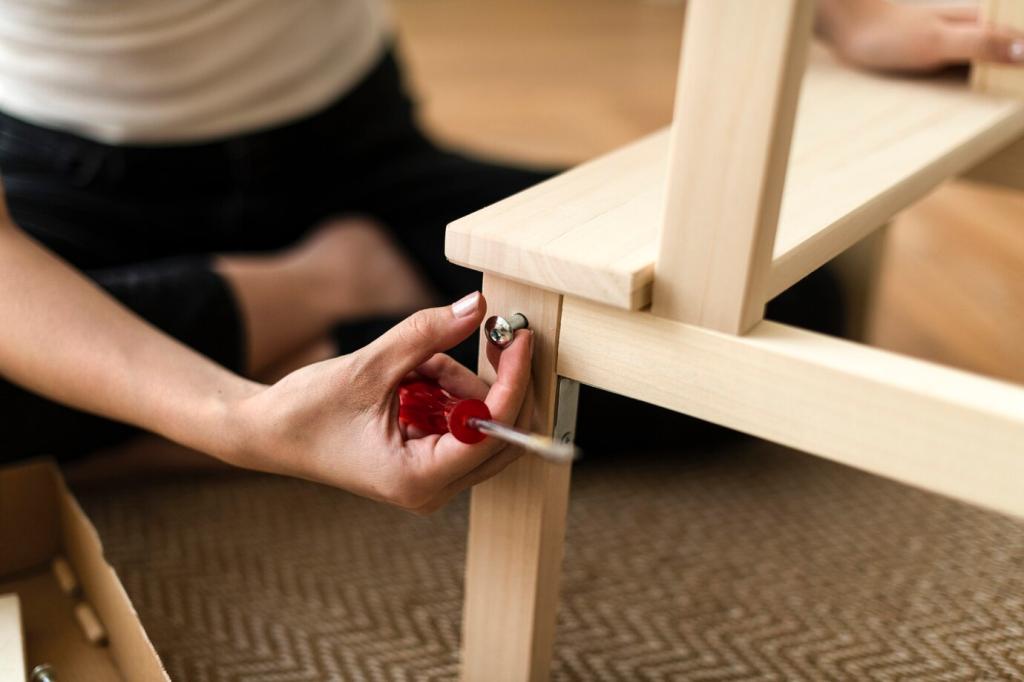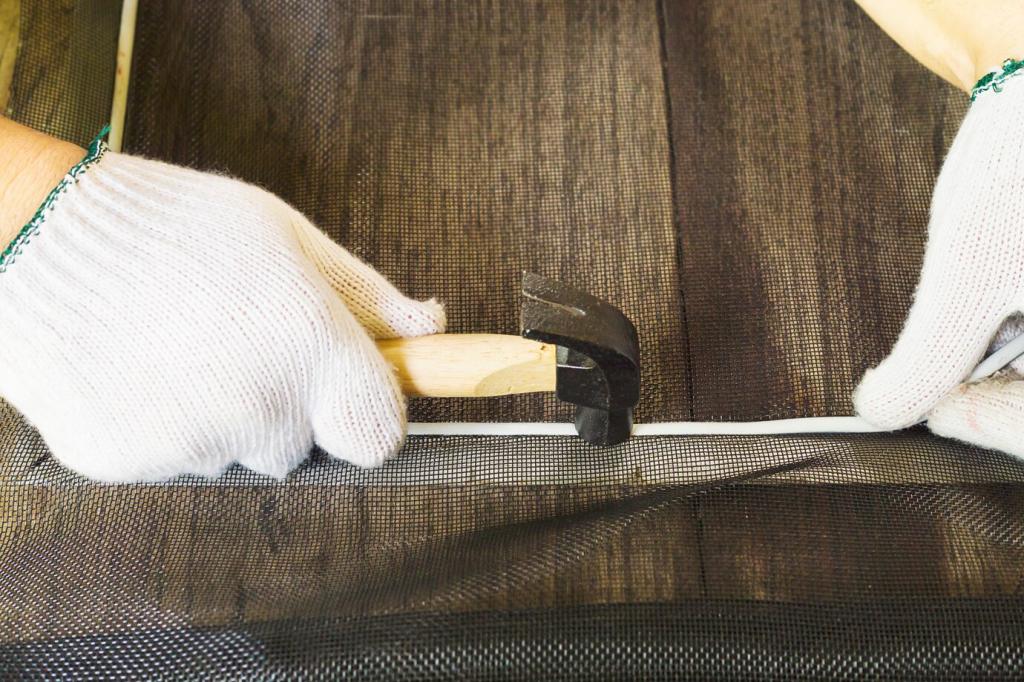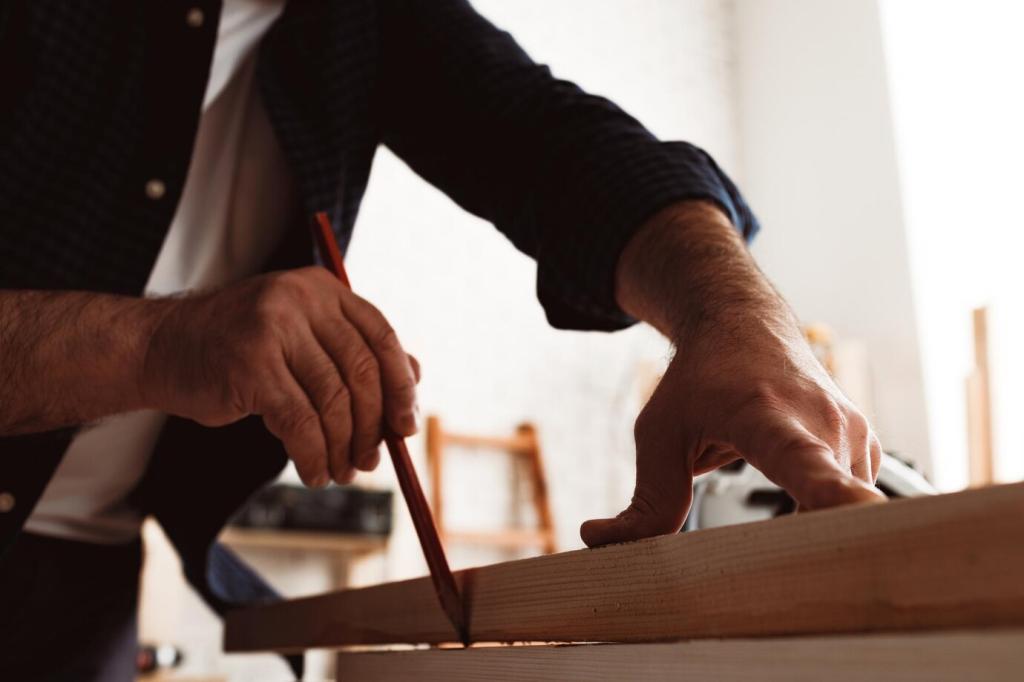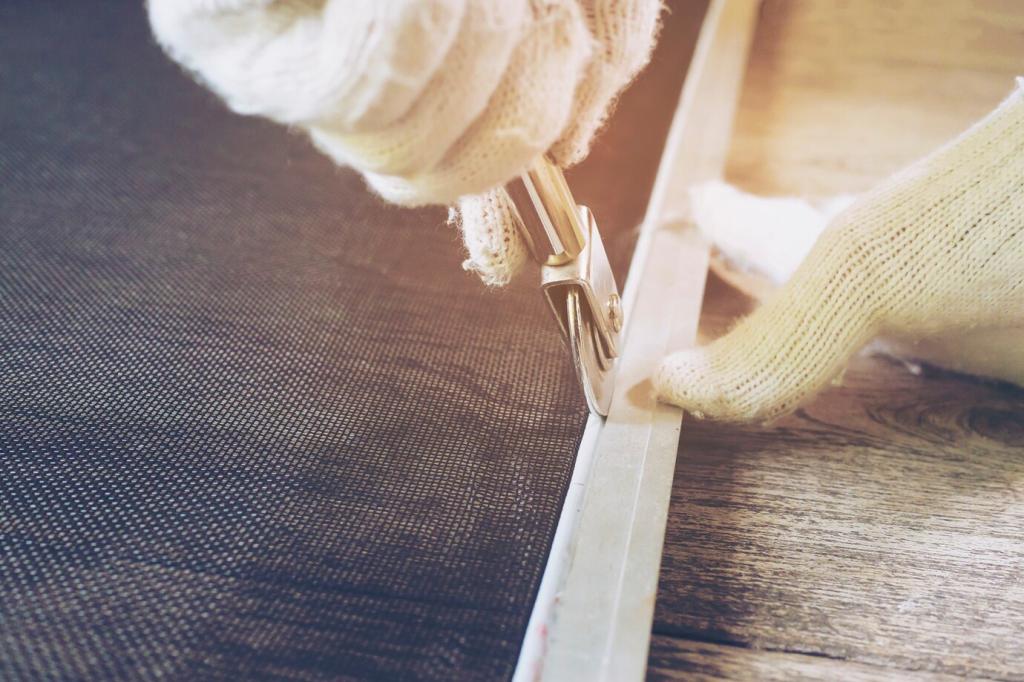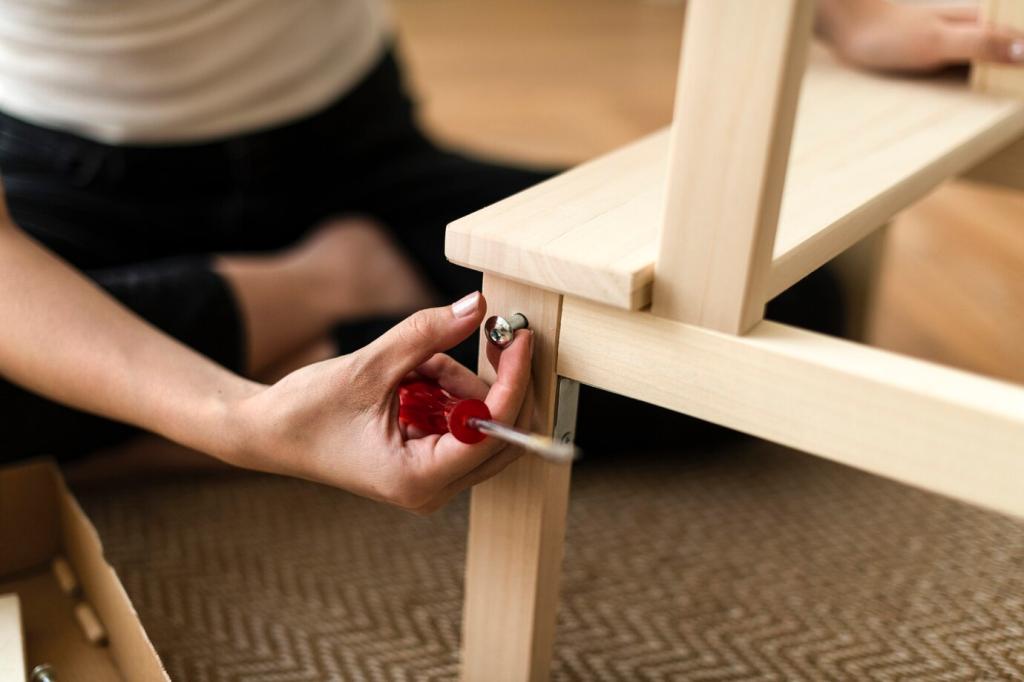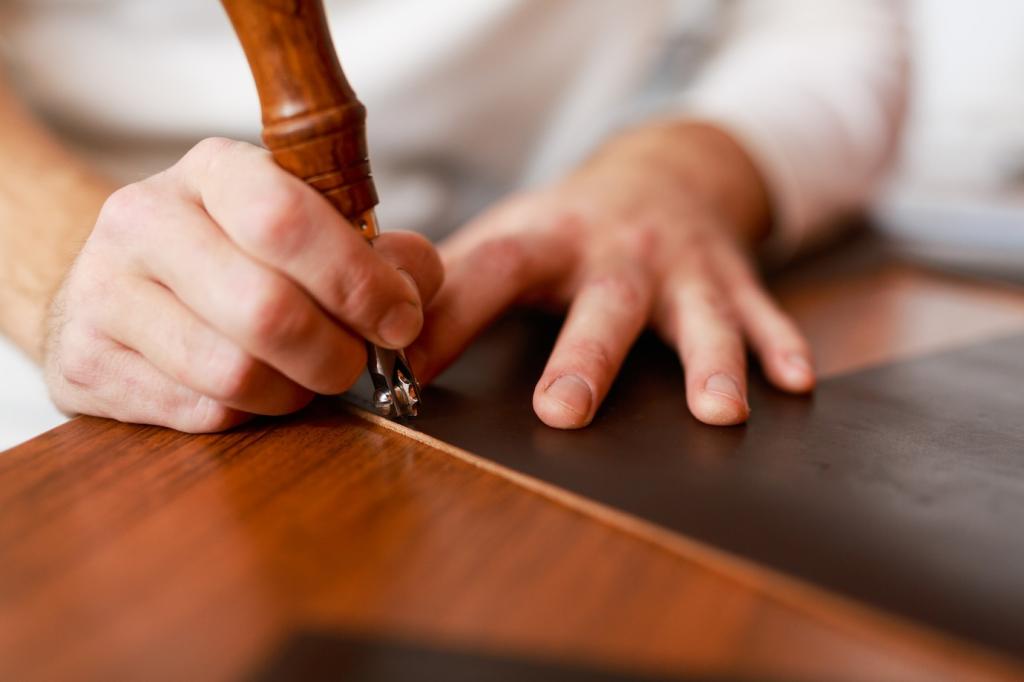Stories from the Bench: Lessons and Little Triumphs
A reader polished a family doorknob to mirror-bright, then missed the softened thumbprint from four generations. They re-learned: clean for hygiene and function, not for newness. Their second attempt preserved warmth, and now visitors ask about that gentle glow by name.
Stories from the Bench: Lessons and Little Triumphs
An oxidized ship lantern arrived with salt crusts and stories. After distilled-water soaks and whiting nudges, its seams gleamed without losing sea-borne green. A whisper of wax finished the job. Share your coastal finds—what did the tide leave behind for your entryway?

